Archives
- 2025-12
- 2025-11
- 2025-10
- 2025-09
- 2025-03
- 2025-02
- 2025-01
- 2024-12
- 2024-11
- 2024-10
- 2024-09
- 2024-08
- 2024-07
- 2024-06
- 2024-05
- 2024-04
- 2024-03
- 2024-02
- 2024-01
- 2023-12
- 2023-11
- 2023-10
- 2023-09
- 2023-08
- 2023-07
- 2023-06
- 2023-05
- 2023-04
- 2023-03
- 2023-02
- 2023-01
- 2022-12
- 2022-11
- 2022-10
- 2022-09
- 2022-08
- 2022-07
- 2022-06
- 2022-05
- 2022-04
- 2022-03
- 2022-02
- 2022-01
- 2021-12
- 2021-11
- 2021-10
- 2021-09
- 2021-08
- 2021-07
- 2021-06
- 2021-05
- 2021-04
- 2021-03
- 2021-02
- 2021-01
- 2020-12
- 2020-11
- 2020-10
- 2020-09
- 2020-08
- 2020-07
- 2020-06
- 2020-05
- 2020-04
- 2020-03
- 2020-02
- 2020-01
- 2019-12
- 2019-11
- 2019-10
- 2019-09
- 2019-08
- 2019-07
- 2019-06
- 2019-05
- 2019-04
- 2018-11
- 2018-10
- 2018-07
-
br Acknowledgements This research was supported by
2022-01-13
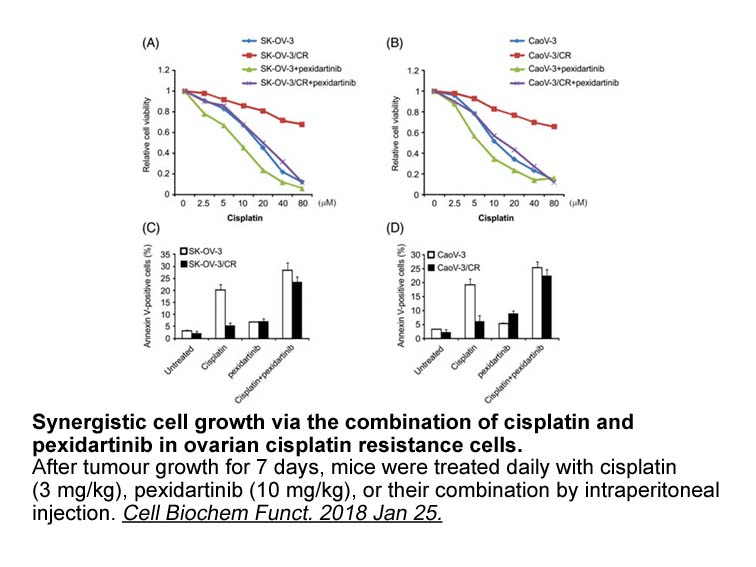
Acknowledgements This research was supported by the Natural Sciences and Engineering Council of Canada (NSERC) Discovery Grant awarded to RGM. LMW was supported in part by fellowships from the University of Regina and the Government of Saskatchewan Fish and Wildlife Development Fund (FWDF). We wo
-
br Statistical analysis The mean standard deviation median r
2022-01-13
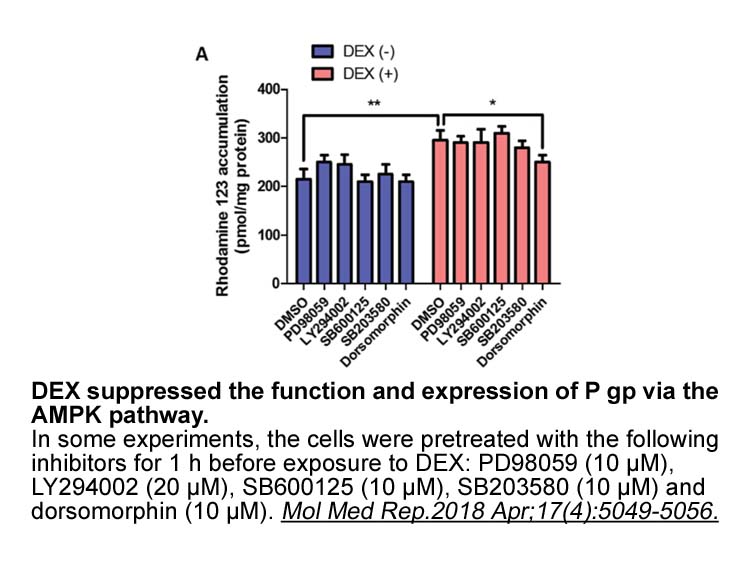
Statistical analysis The mean, standard deviation, median, range, frequency, and percentage were used for data description. The chi-square (x2) test was used for analyses the differences in categorical variables in the 2-way table. Overall survival (OS) was defined as the time interval between t
-
ubenimex On the basis of the structure of the Rab
2022-01-13
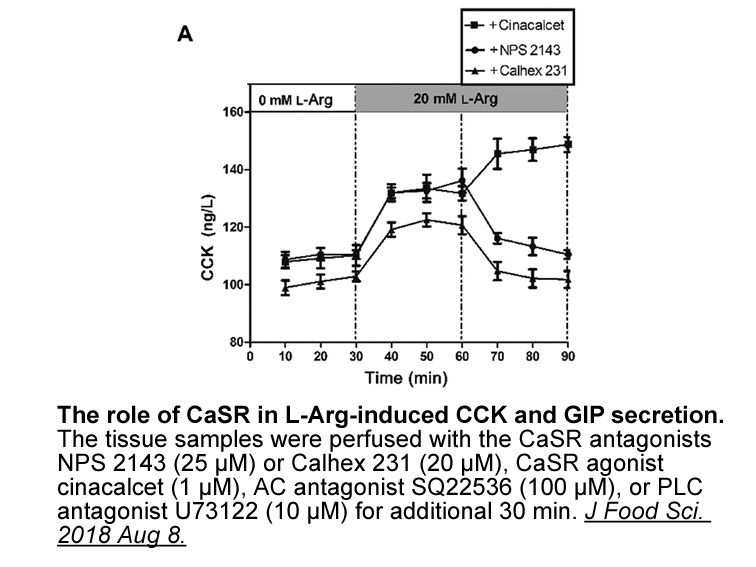
On the basis of the structure of the Rab35/ACAP2 complex, the authors identified Thr76 in switch II of Rab35 as one key specificity determinant (Lin et al., 2019). The crystal structure shows that the hydroxyl group of Thr76 forms a ubenimex with Asp756 in ACAP2, while the methyl group is a part of
-
Further our study provides the first evidence that
2022-01-13
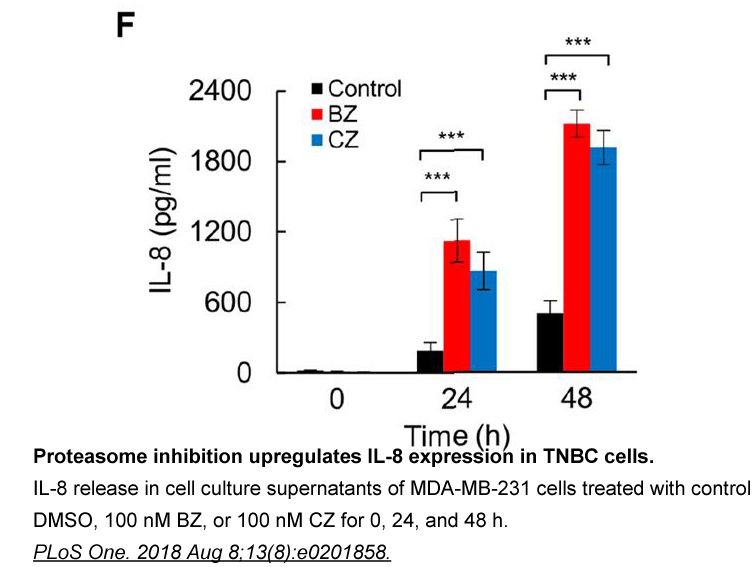
Further, our study provides the first evidence that zaprinast and kynurenic L 006235 administration not only prevented the development of thermal and mechanical hypersensitivity but also enhanced morphine antinociceptive properties. Morphine is considered to be one of the most effective analgesic d
-
In summary through medicinal chemistry design and computer
2022-01-13
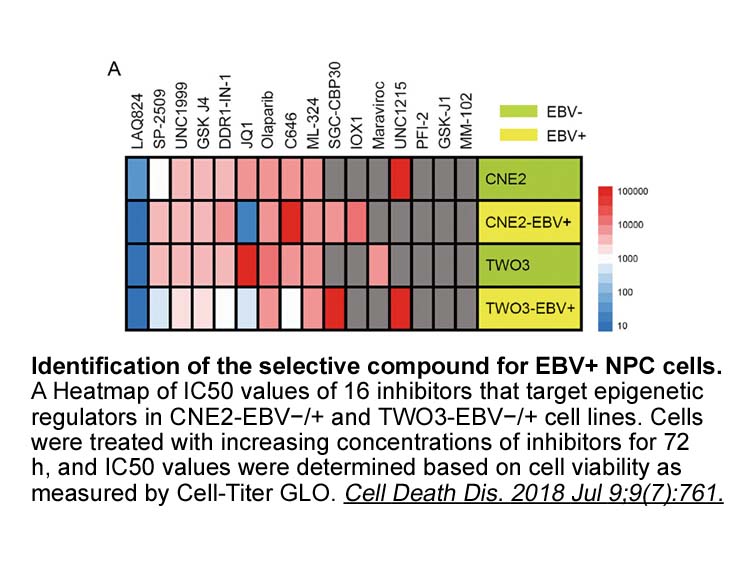
In summary, through medicinal chemistry design and computer-assisted conformational modeling, the initial lead was evolved into a series of dihydrobenzofuran derivatives, , as potent GPR119 agonists. Optimization of general structure at various regions of the molecule, including the substituent on
-
Tight junctions regulate the transfer of
2022-01-13
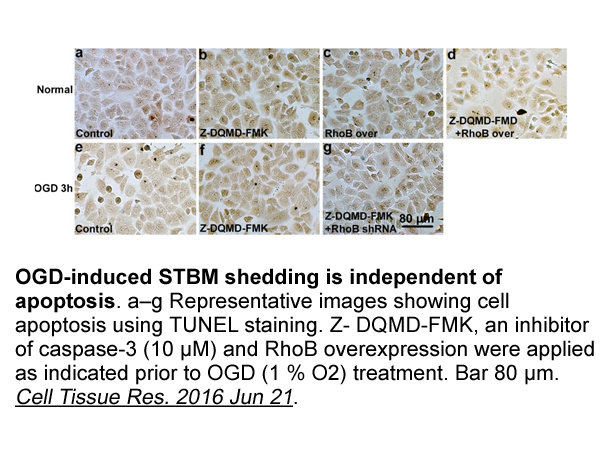
Tight junctions regulate the transfer of ions as well as small molecules across endothelial barriers (Li et al., 2015). We also investigated whether resistin affects tight junctions, which play an important role in the conformation of polarized endothelial barriers (Matsuzaki et al., 2010). A previo
-
These findings raise the question of
2022-01-12
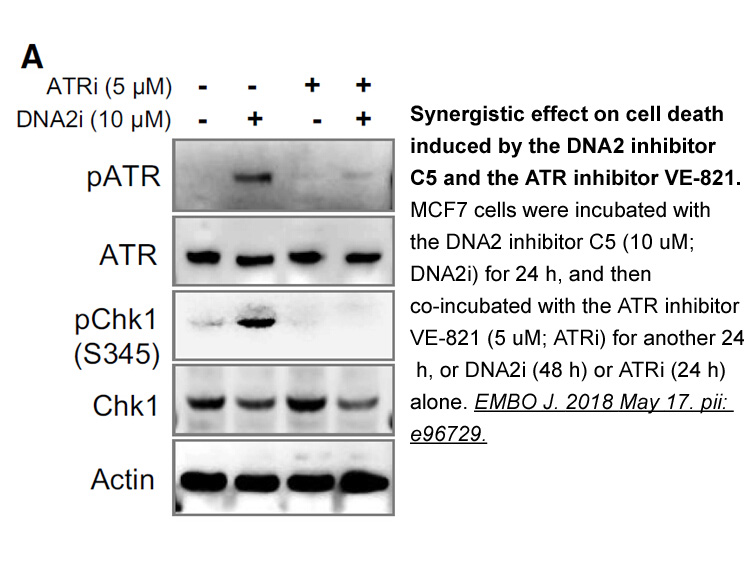
These findings raise the question of what mechanism of beta cell proliferation is induced by short-term HF diet feeding. Gene expression profiling of isolated islets from mice fed a HF diet for 1 week revealed that expression levels of downstream genes of Foxm1 were coordinately upregulated (Fig. 5)
-
The expression and localization of Cx Cx and Cx in
2022-01-12
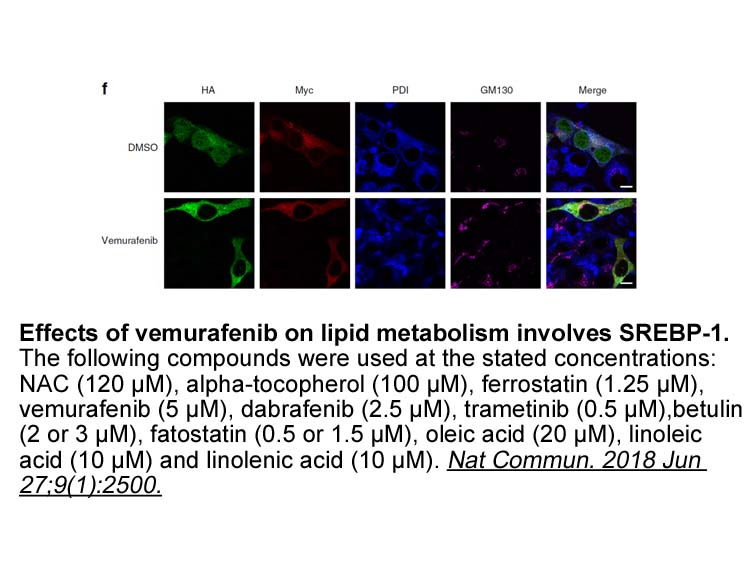
The expression and localization of Cx43, Cx46 and Cx50 in the anterior pituitary vary with physiological activities and with various conditions associated with both natural and pathological changes in hormone secretion. Anterior pituitary Cx43 and Cx50 levels increase and exhibit a more widespread d
-
Previous studies have shown that inhibition of
2022-01-12
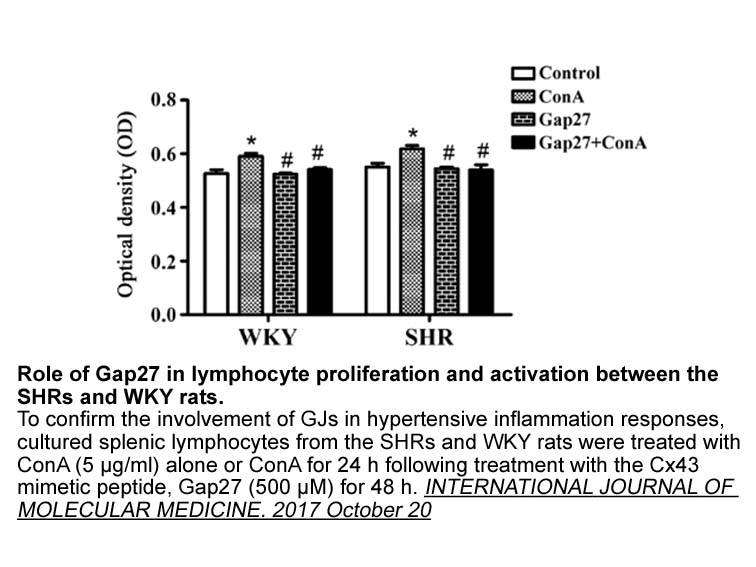
Previous studies have shown that inhibition of voltage-gated Na+ SKF38393 HCl has a reduced effect on GABAergic boutons compared with other neurotransmitter phenotypes,46, 47 and voltage-gated Na+ channel subtypes are differentially expressed in hippocampus. In addition, SV exocytosis evoked by ele
-
br Discussion In our study the prevalence of
2022-01-12

Discussion In our study the prevalence of severe periodontitis in patients with HIV infection was 66%, almost twice as high as in uninfected controls. Our results are in line with the prevalence of severe periodontitis found in HIV-infected patients in London, United Kingdom in the pre-cART era:
-
br Methods br Results br Discussion
2022-01-12
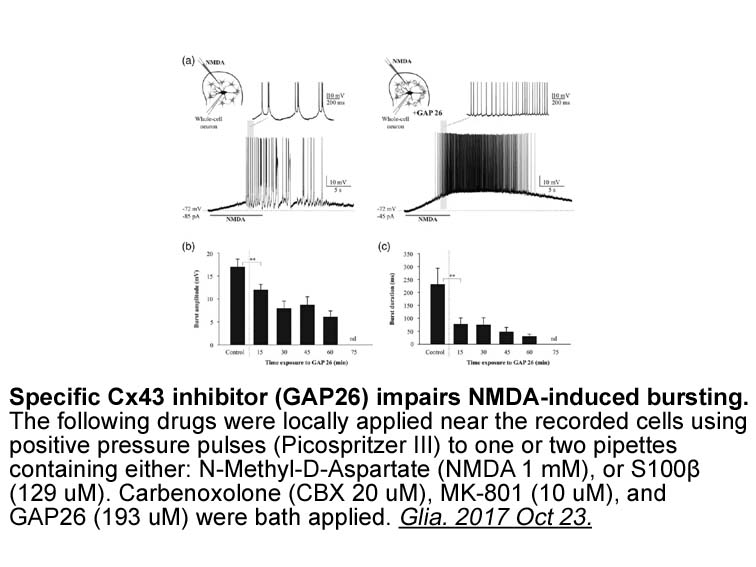
Methods Results Discussion The aim of this study was to investigate whether serum lectin-binding activity is associated with development of HCC in HCV-positive individuals. Using ELISA-based assays of lectin-binding activity, we demonstrated that both age and gender influence the circulatin
-
AG-126 receptor For the SAR study human haspin kinase inhibi
2022-01-12
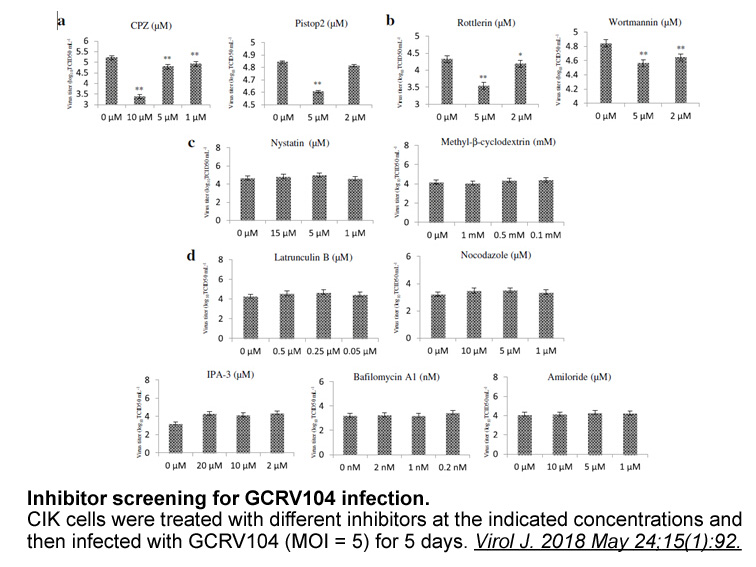
For the SAR study, human haspin kinase inhibitory activity of the various compounds was evaluated using the same assay utilized for the HTS, except in the presence of varying test compound concentrations. DYRK2 kinase inhibitory activity was measured by P-incorporation into Woodtide peptide substrat
-
membrane transporter br Positive regulation of gene expressi
2022-01-12
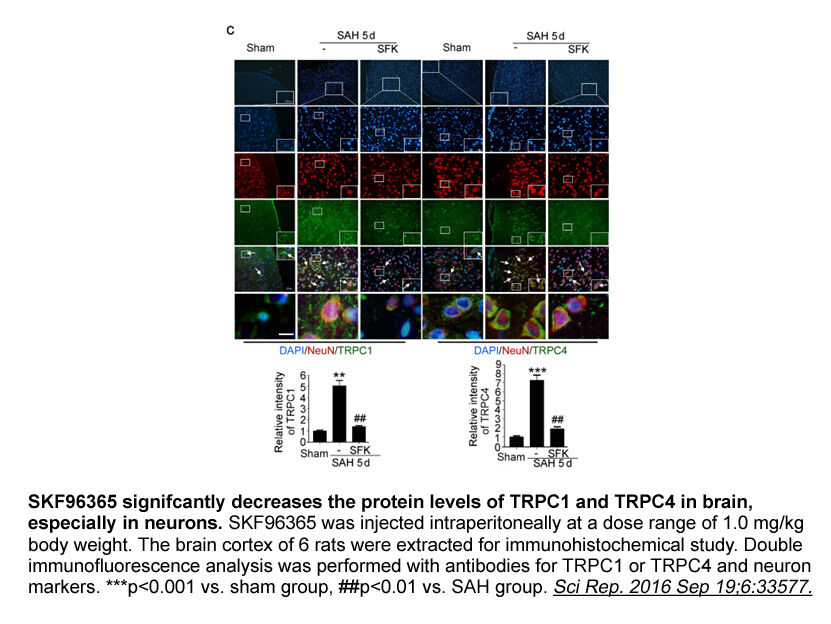
Positive regulation of gene membrane transporter by Nrf2 Repression of Nrf2 by Keap1 Because many xenobiotic inducers of NQO1 and GST enzyme activities contain a thiol-reactive electrophilic moiety (i.e. are soft electrophiles), Paul Talalay and colleagues predicted in 1988 that they would be
-
6XHis Overall this study provides compelling
2022-01-12
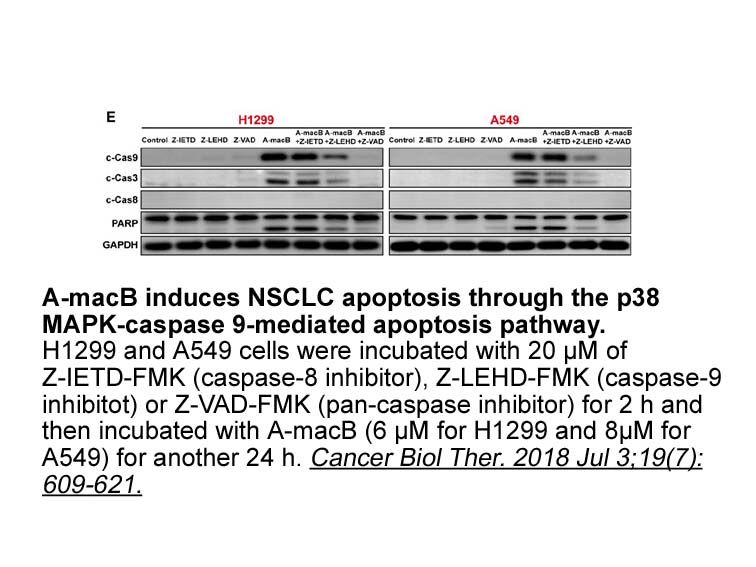
Overall, this study provides compelling evidence that overexpression of catalase coupled with an enriched diet of OM3 fatty acids are metabolically beneficial. This combination was shown to increase adipose tissue expression of the GPR120/FFAR4, which by interacting with the Nrf2 pathway, resulted i
-
br Introduction In the treatment of patients
2022-01-12
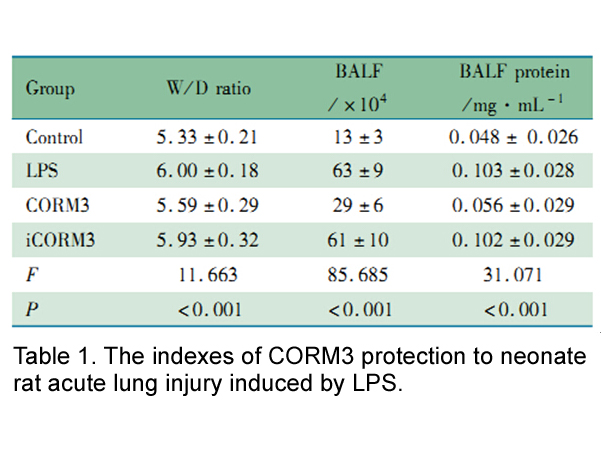
Introduction In the treatment of patients with AIDS and human immunodeficiency virus type 1 (HIV-1), anti-retroviral therapy (ART), which uses anti-HIV drugs such as protease inhibitors, integrase inhibitors and reverse transferase inhibitors, has made a major contribution. There are still some s
16608 records 553/1108 page Previous Next First page 上5页 551552553554555 下5页 Last page